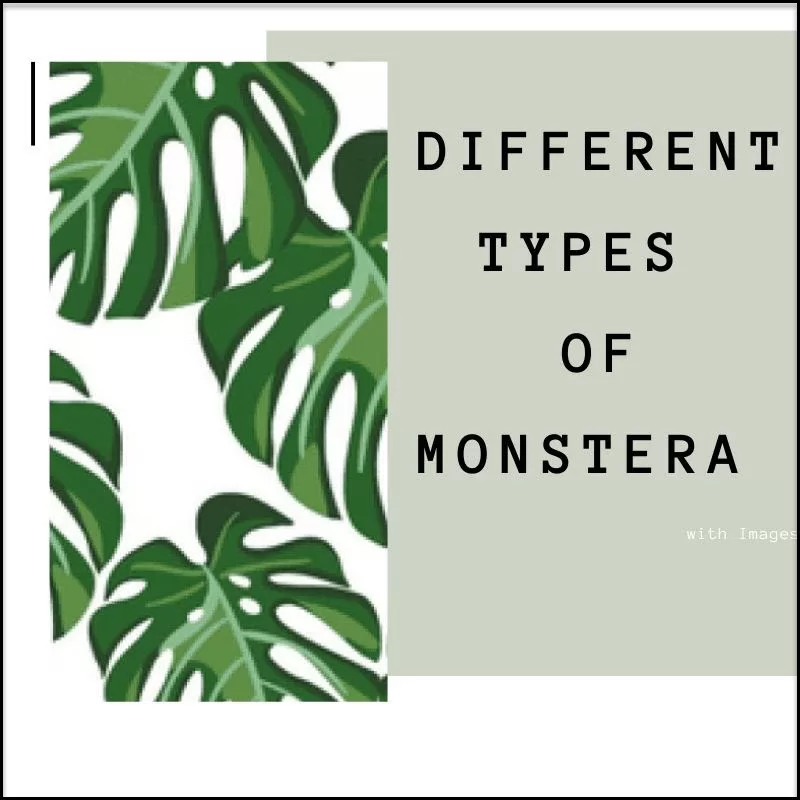Plants have been playing a huge role, not only in the ecosystem, but on the planet today. As global warming is spreading, it is important to have these green leaves around us. It provides shade, oxygen, filters air pollution and great indoor plants.
Not only that, plants also beautify the surroundings as they add aesthetics to the view. One of the most commonly planted varieties of plants is the monstera plant. Its popularity has shot up during the pandemic as a lot of people are getting some inspiration on planting habits.
A monstera plant is a vining plant type from the Araceae family. It has a scientific name of Monstera deliciosa and also goes by the name, Swiss cheese plant. Monstera plants are commonly found in tropical rainforests of southern Mexico, south to Panama, in which they are a native species of flowering plant in that area.
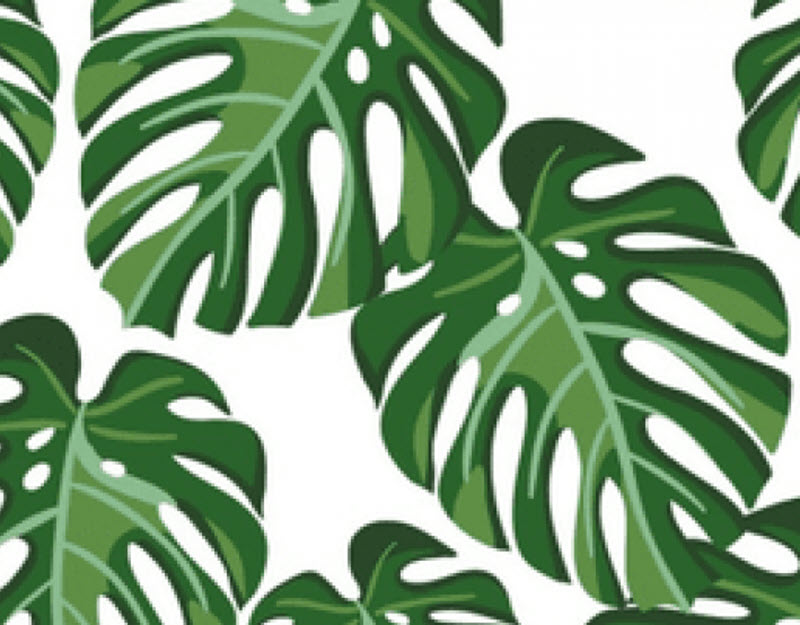
Why There Are Holes On The Leaves of Monstera Plant
Monstera plants have been introduced to the different parts of the world, including Hawaii, Seychelles, Ascension Island and the Society Islands where they have been mildly invasive species.
Due to its unusual huge leaves with weird cuts or holes on it, monstera plants have been a favorite decoration by many, may it be indoor or outdoor. The unusual holes on the leaves of Monstera plants are not just for aesthetics.
Those holes allow the monstera leaves to spread out over greater areas without the need to spend so much energy and nutrients to grow extra leaf area in filling this space. The growing of these holes on their leaves are caused by the process called fenestration. That’s the time they grow the new leaves with holes when the monstera plant is about three feet tall.
What Are The Different Types of Monstera
Monstera varieties can be seen everywhere, even on the different social media platforms like Instagram. If we are talking about the Monstera species, you might see it around 48. That may sound a lot, but nothing when compared to other plant types.
Here are some of the most popular Swiss cheese plant or the lovable Monstera plants:
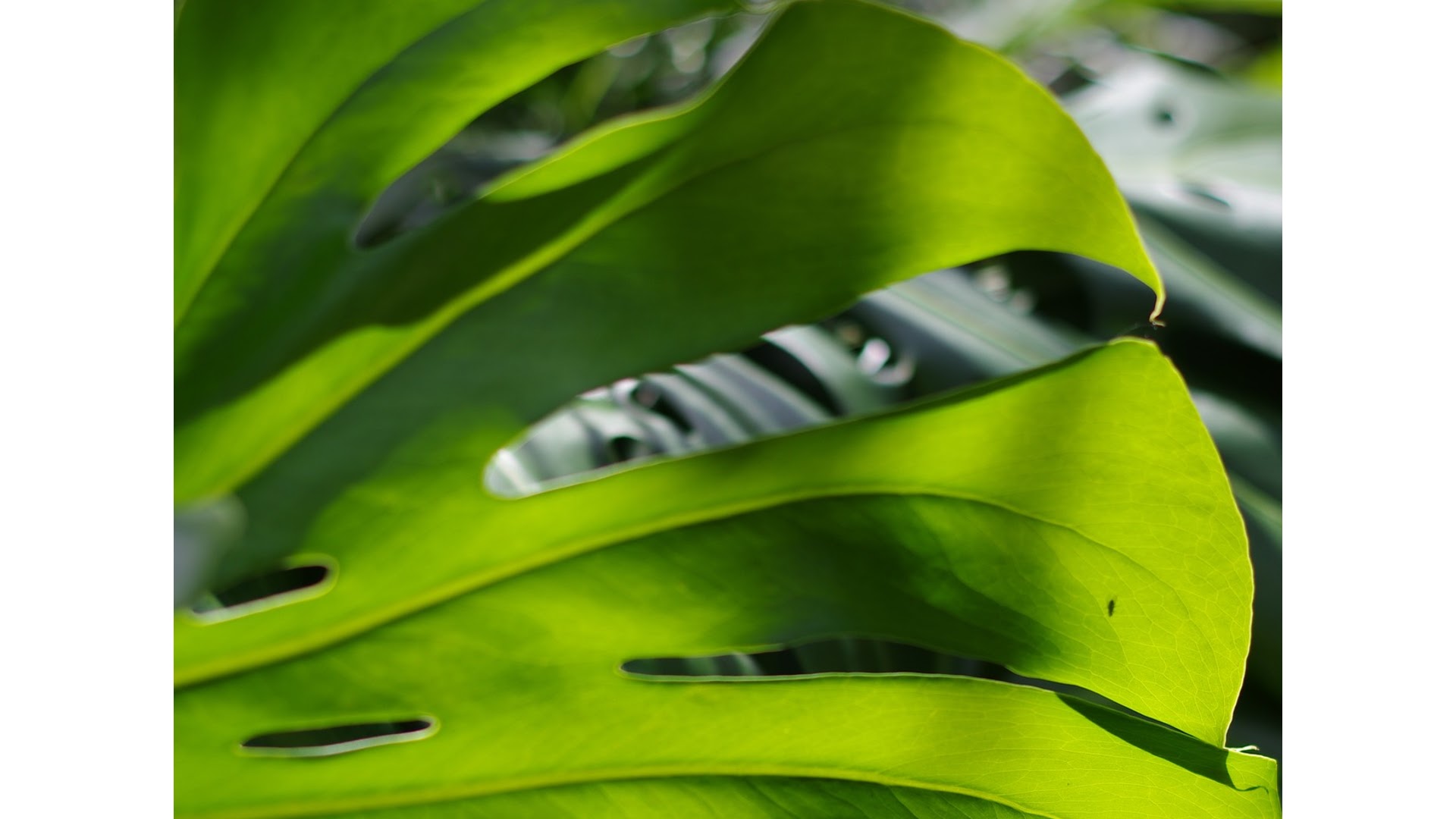
Monstera Deliciosa
Monstera Deliciosa is the mother of all Monstera plants. This is one of the best known types of the monstera plant. It is also called Mexican Breadfruit due to its corn cob-shaped fruit. Some said that the Monstera fruits taste like a combination of pineapple, banana, and mango.
Monstera deliciosa can be recognized easily due to its unusual and perforated leaves. The leaves of this monstera plant are heart-shaped and dark green. They also won’t show any holes and lobes when they are young.
Growing the Monstera deliciosa outdoors may provide a very tall plant. While it will only grow from two or three meters when grown indoors.
Those who have planted a Monstera deliciosa at their homes could benefit from an improved quality of the air they breathe. It can also induce feelings of calm, trapping dust and helping you feel alert.
But it must be noted that like other monstera varieties, monstera deliciosa can also contain calcium oxalate, which makes the monstera plants toxic to both humans and pets.

Monstera Obliqua
Monstera obliqua is distinguishable through its rampant holes on the leaves. This species of the genus Monstera is native to Central and South America and the most well-known comes from Peru due as it has more holes than the leaves.
Due to the quantity of holes in the plant, the Monstera obliqua leaves can be thin, making it more fragile than the other types of Monstera. Monstera obliqua is also a climbing plant, so it is best to plant this with support, especially if you are going to do that indoors.
This type of Monstera needs special care and growing this plant is quite challenging. Aside from that, acquiring the Monstera obliqua can be expensive as they are rare, unlike the common Monstera deliciosa.
If you are planning to get a Monstera obliqua, make sure to plant it on a peaty soil. It must be put in an area with no direct sunlight and partial shade only. Indirect sunlight is best for this plant. This is a slow-growing plant compared to other Monstera plants.
Indoor temperature should be stable at 70°F to 85°F and the humidity must be at 85% or higher. This Monstera plant should be watered once a week. That is to maintain slightly moist soil conditions.
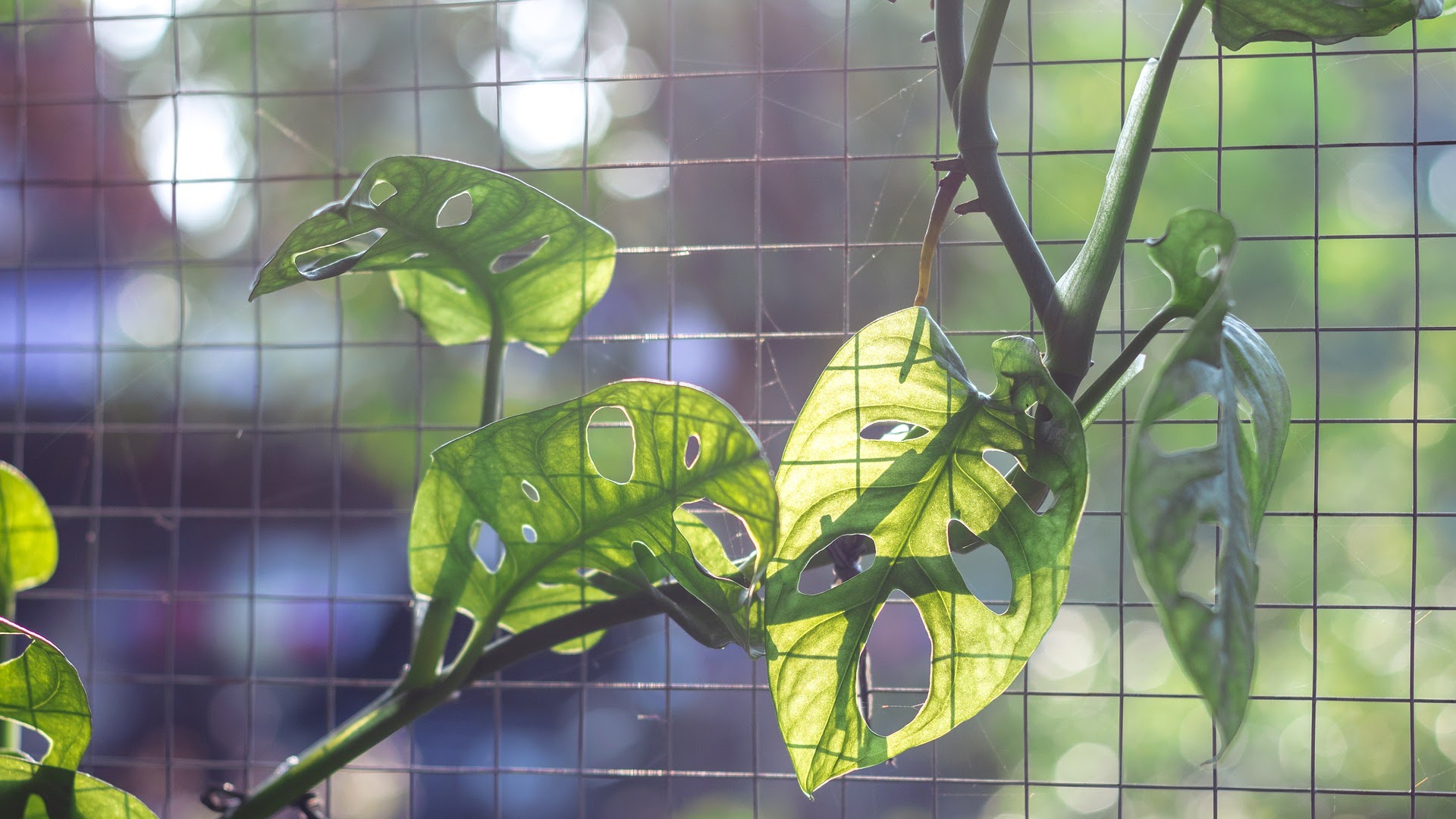
Monstera Adansonii
Also known as the Adanson’s Monstera and five holes plant, Monstera adansonii comes from the a species of flowering plant from family Araceae which is widespread across much of South America and Central America.
The eyes or holes developed at the leaves of Monstera adansonii resemble the Swiss cheese plant. This is also one of the Monstera varieties that creeps and develops vines.
Monstera adansonii is very easy to maintain and grow. This is a low-maintenance Monstera plant that grows in potting fresh soil with a pH ranging from 5.5 to 7. It also thrives with indirect and bright sunlight.
This fast growing plant can reach up to 5 ft. tall when planted indoors and up to a towering height of 13 ft. when planted outdoors. This is also one of those variegated plants, so don’t be shocked about it.
The mature plant of the Monstera adansonii has heart-shaped leaves, where some of them can be rounder and narrower. The Monstera adansonii is toxic to animals, like cats and dogs, and mildly toxic to humans.
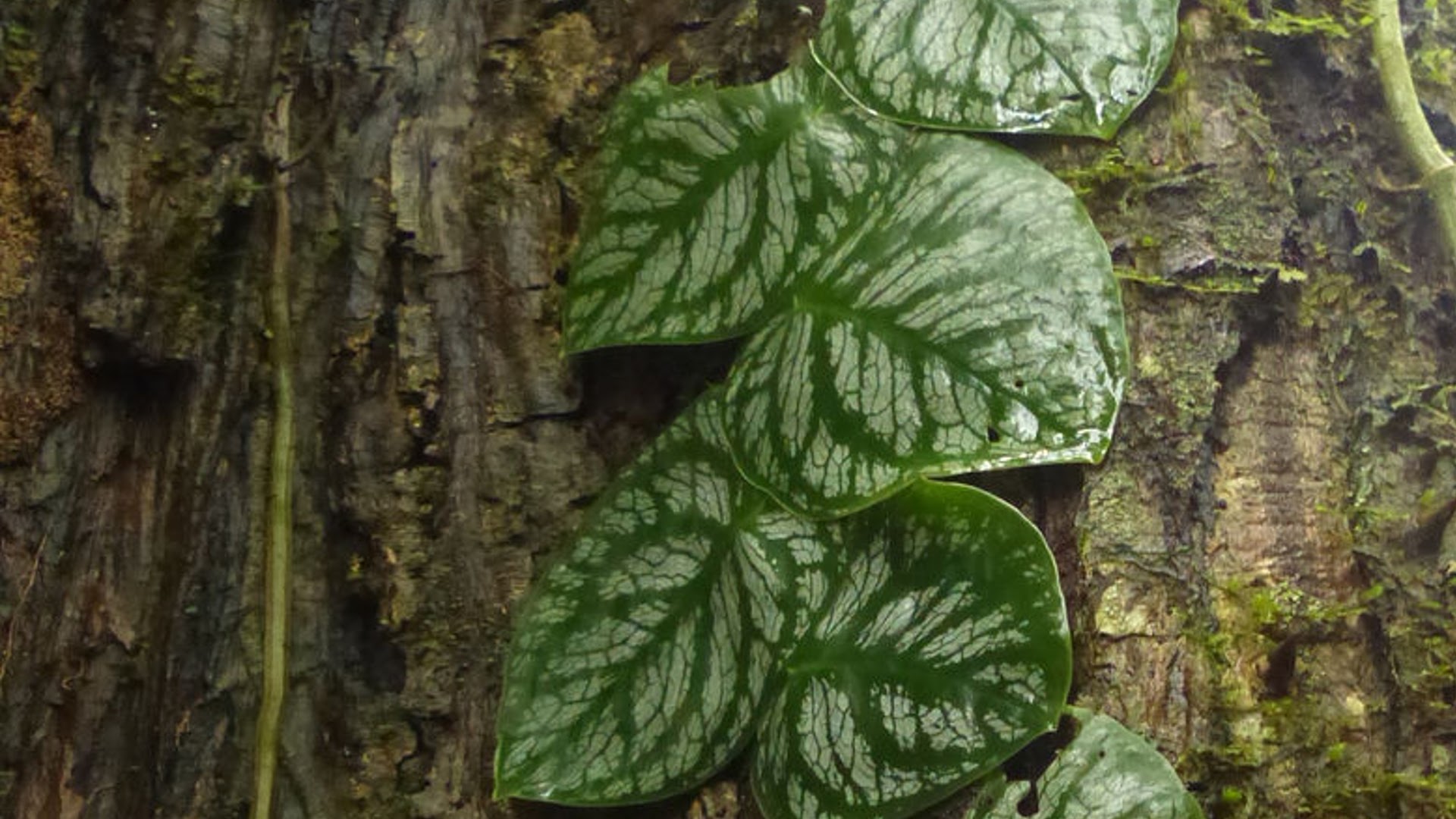
Monstera Dubia
Monstera dubia is well-known in the Monstera kingdom due to its dramatic transformation on its foliage as the plant grows into a matured plant. Its heart-shaped leaves would remain flat against the tree or trellis they ascend.
The plant’s light and dark-green leaves won’t have any holes on it as fenestration is not a thing of this type. The Monstera dubia is also a low maintenance Monstera plant and if in the right conditions, it is easy to grow.
Getting the right soil is essential for any plants to grow well. For this Monstera plant, make sure to get a pot with peat. It should also be a well-draining pot that is placed in an area with bright and indirect sunlight.
That area should have at least 60°F and 85°F constant temperature and a stable humidity of around 85%. You can water the plant every 7 to 10 days, as long as the top of the soil around 1 to 2 inches is dry.
You can put some fertilizer once a month in spring and summer only. It is important to have trellis, moss pole, or a flat board as a support as this Monstera plant is a shingle plant, which means it will climb upward.

Mini Monstera (Rhaphidophora Tetrasperma)
The mini Monstera actually comes from the family of Rhaphidophora tetrasperma. It is technically not a Monstera plant and it is also native in Southern Thailand and Malaysia, which is from the other side of the world where the real Monstera comes from.
The reason why it is considered as one of the types of Monstera is due to its split leaves and its popularity as a house plant. It has cute small split leaves and this vining plant can grow tall and prefers growing on a totem pole.
As the name suggests, mini Monstera or Monstera minima is best for those people with a small lot area as this Monstera plant can grow into a narrow form making it great for corners and small spaces. This is a low-maintenance plant and it can’t easily die.
It can grow in filtered sunlight with a well-draining pot and soil. It can thrive in almost any room temperature and humidity. You also don’t need to water it constantly as it doesn’t like soggy soil. You only need to water it once or twice a week to keep the soil moist.
This plant can grow up to 5 ft. indoors and up to 12 ft. outdoors. Remember to keep it away as it can be toxic to both humans and animals.
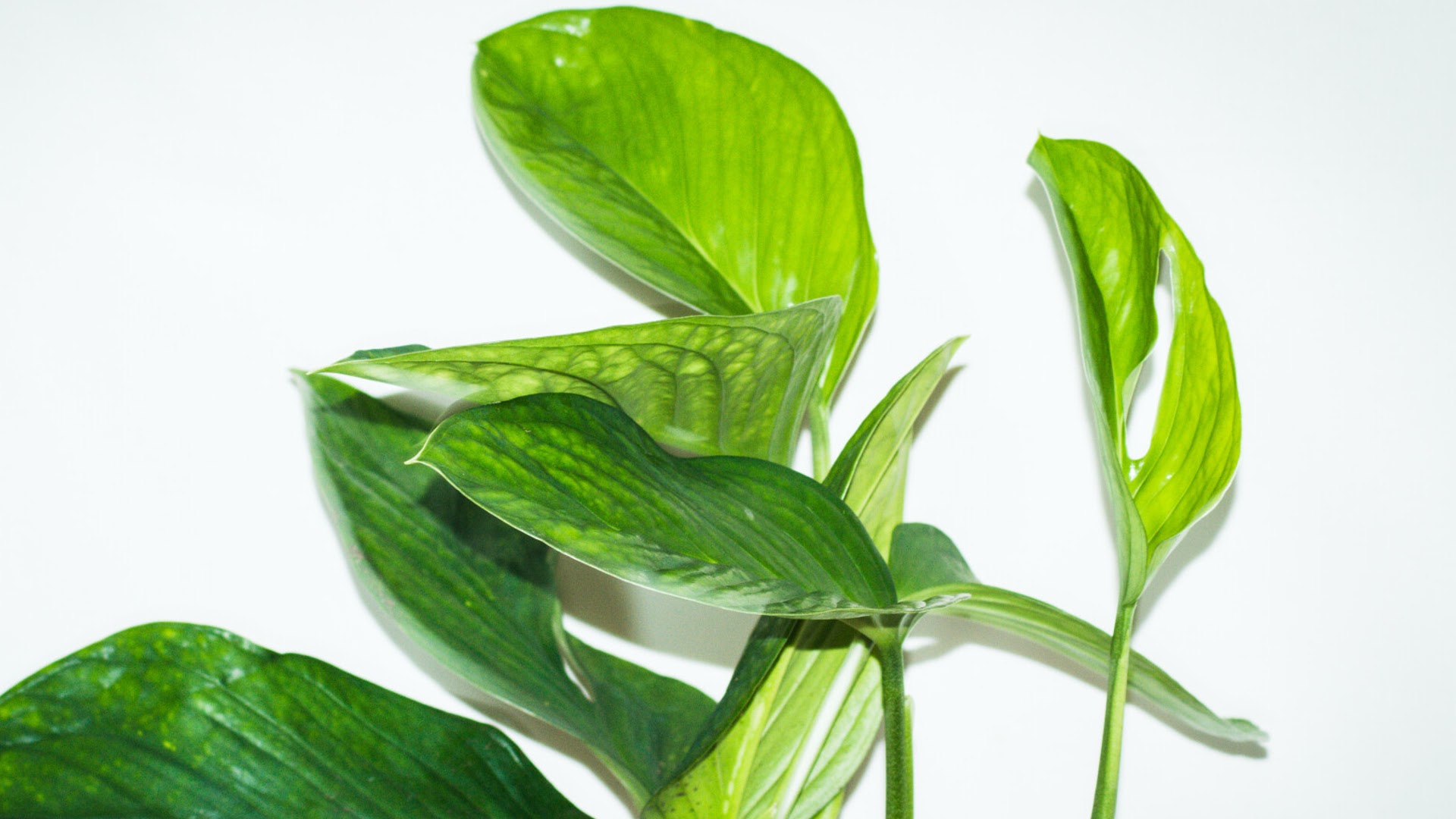
Monstera Pinnatipartita
Monstera pinnatipartita is also native to Central America and the tropical areas of South America. It also hails from the Monstera varieties of common Monstera deliciosa that has green foliage that becomes highly fenestrated when mature.
Monstera pinnatipartita is also a rare Monstera species, but is easy to grow and care for under the right conditions. A peat in a well-draining pot is essential for the Monstera pinnatipartita to thrive.
It is a moderate grower Monstera plant that needs trellis or other vertical support. You can fertilize it once a month during spring and summer. You can use a balanced houseplant fertilizer. Watering the Monstera pinnatipartita can be done once every week or two to maintain an evenly moist soil.
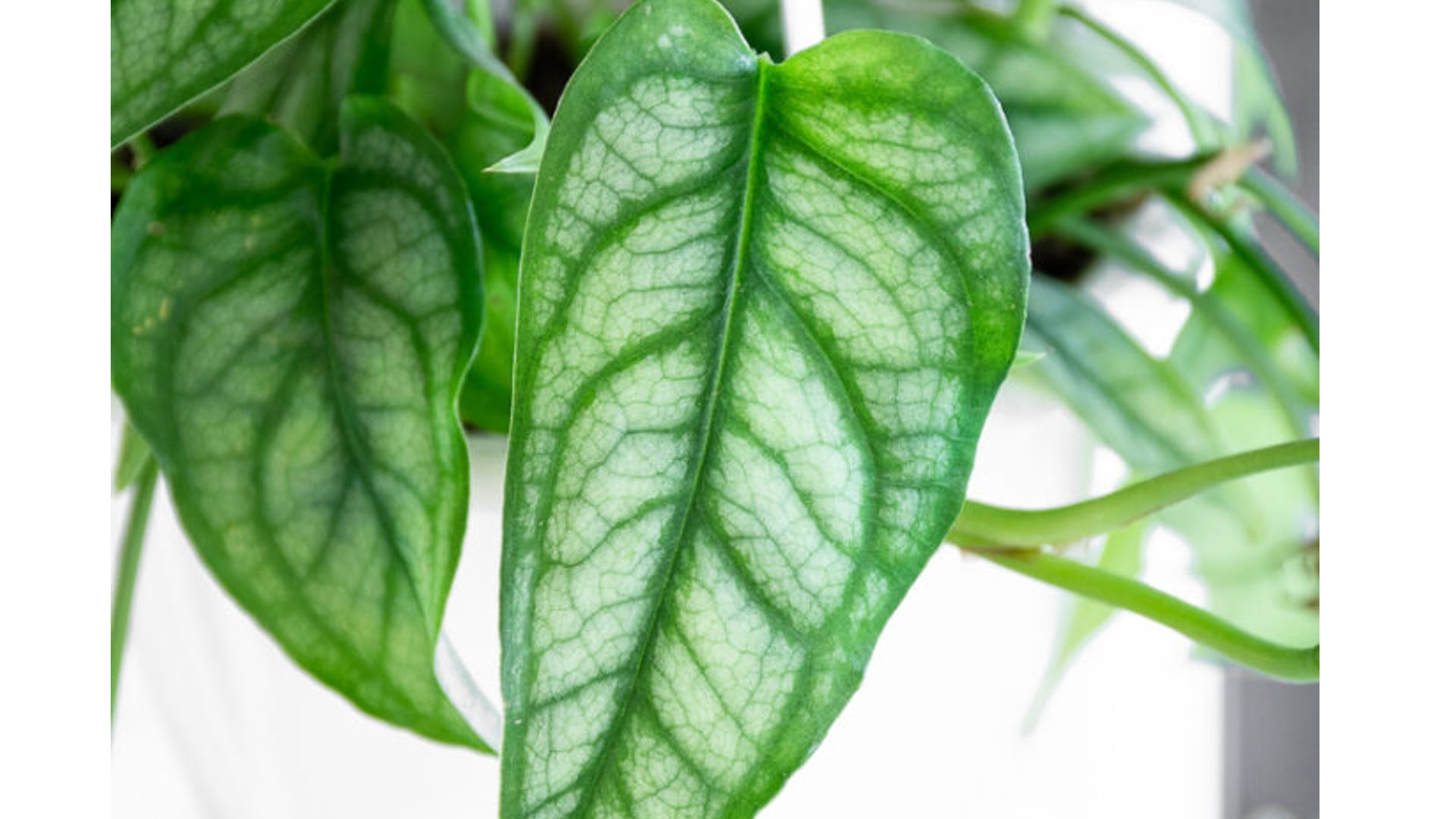
Monstera Siltepecana (Silver Monstera)
Just like the other types of Monstera, this species is a vining one and would develop holes (small fenestration) near the lacy veins as it matures. The leaves of the Monstera siltepecana could have a distinctive silver venation, especially during immature foliage, and the reason why it is called as silver Monstera.
Finding a Monstera siltepecana can be challenging as this is rare. Growing the plant can be a little challenging as it rarely achieves mature size, especially when grown indoors.
Just like the other Monstera species, you can put it in the same container that is well-draining with a peat. Filtered sunlight, moist soil, temperatures from 65°F to 85°F, humidity of 60% or above, and balanced houseplant fertilizer once a month during growing season is best for the Monstera siltepecana.
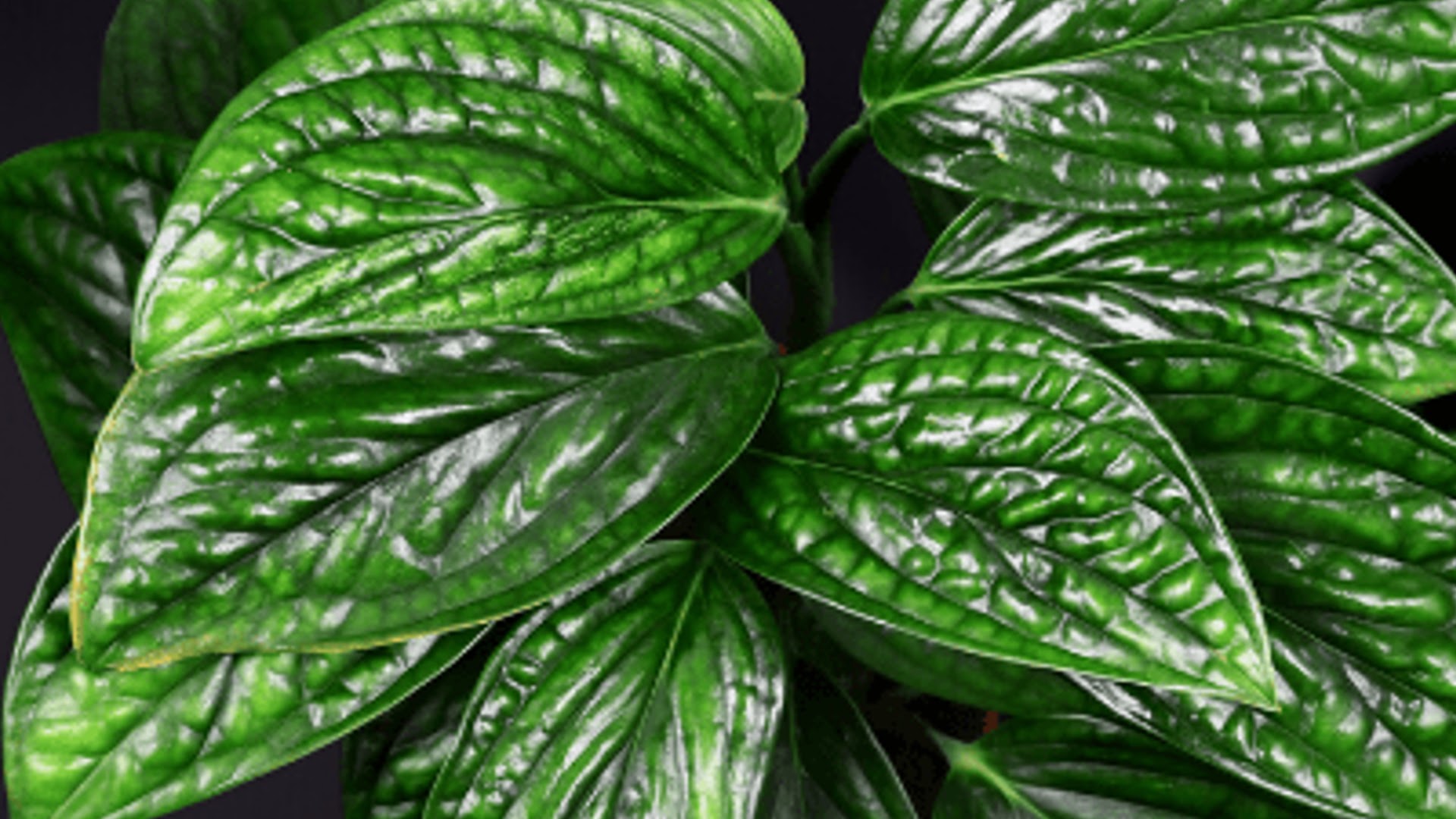
Monstera Karstenianum (Monstera Sp. Peru)
This rare species and unique plant is a climbing vine that grows fast, also called Monstera Peru. The Monstera karstenianum is a sturdy plant with shiny leaves that are spade-shaped that are also variegated leaves with color patterns in vibrant deep-green hues. It can be placed on a hanging basket and climbed using a pole support.
Monstera karstenianum is easy to maintain and grows under moderate humidity and temperatures between 65°F and 80°F. Since it is fast growing, it can reach about 1 foot in height even when unsupported indoors.
Monstera karstenianum only needs water every one to two weeks to keep soil constantly moist and fertilized once a month during the growing season. If you are going to put this in a hanging basket, make sure not to cut the aerial roots as it will support the plant.

Monstera Standleyana
This five holes plant, Monstera standleyana can be found in Costa Rica, Honduras, Nicaragua, and Panama, which also comes from the species of flowering plant from family Araceae.
You can distinguish the Monstera standleyana from the other types of Monstera through its pretty splashes, speckles, and stripes of white, cream, sometimes yellowish-white on the green, shiny leaves.
The beautiful patterns on its leaves make the Monstera standleyana a great indoor decoration. Aside from that, a lot of people are loving this Monstera plant as it is easy to grow and you can put it in an area with temperatures between 65°F to 80°F.
It also likes moderate to high humidity and you only need to water this plant one to two times a week, just to prevent the soil from getting dry. A well-balanced plant fertilizer is also good once a month in spring and summer.

Monstera Epipremnoides
Monstera epipremnoides is endemic to Costa Rica and its leaves have a slightly lighter shade of green compared to the other types of Monstera that have deep-green hue on their leaves. The mature plants also have larger holes on them.
This Monstera plant grows well in shaded areas and a rich soil on a well-draining container. It is also important to keep the soil moist, so water it once a week. Supported vines can grow up to 13 ft tall, even when planted indoors.
What Are The Best Types of Monstera To Have At Home
Almost every Monstera plant can be planted at your home. However, you also have to consider the location of where you live as there are factors that could affect how you will grow the plant.
First, you have to be careful that it can’t be easily reached by your pets, like cats and dogs. You also have to take note of that factor if you have small children. As you know, the Monstera plant is toxic and you don’t want someone to be accidentally intoxicated by the leaves of Monstera.
You also have to be mindful about the location of where you are putting the plants as they need not to be hit by direct sunlight. The space is also a factor as they can have enormous leaves. Lastly, you will need to check for the availability of these plants in the area where you live.
Though if you can’t find them in your area, there are places to order from. Social media platforms are great tools in finding the best deals to get these Monstera plants.

